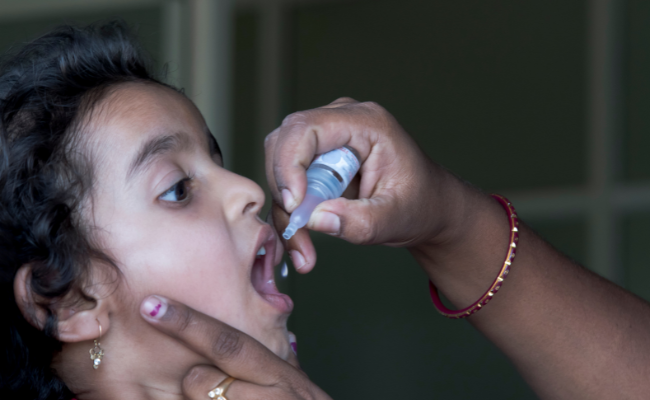How to Treat Polio?
- November 14, 2023
- No Comments

What is Polio?
Polio, or poliomyelitis, is a highly contagious viral infection arising from the poliovirus. The virus primarily impacts the nervous system, potentially resulting in paralysis in severe instances. Its transmission occurs through contaminated food, water, and contact with an infected person's feces. While the majority of polio cases exhibit either mild or no symptoms, some instances can lead to severe complications, including paralysis and, in rare occurrences, fatalities. Overall, poliovirus poses a notable health risk, emphasizing the importance of preventive measures and prompt medical attention for those affected.
Why is Polio a Concern?
Polio can have severe consequences, particularly in unvaccinated populations. The virus attacks the nervous system, specifically the spinal cord, leading to paralysis. In severe cases, paralysis can affect the muscles involved in breathing, posing a life-threatening risk. The global effort to eradicate polio through vaccination campaigns has made significant strides, but challenges persist in certain regions.
How is Polio Treated?
- Vaccination: Prevention is a cornerstone of polio management. Vaccination is the most effective way to protect individuals from poliovirus infection. The oral polio vaccine (OPV) and the inactivated polio vaccine (IPV) are widely used in vaccination programs globally. These vaccines have played a crucial role in reducing the incidence of polio and preventing its spread.
- Supportive Care: For individuals with mild symptoms, supportive care is often sufficient. This includes rest, adequate hydration, and over-the-counter medications to alleviate pain and fever. Most individuals with polio experience mild symptoms and recover fully without long-term effects.
- Physical Therapy: In cases where polio leads to muscle weakness or paralysis, physical therapy is essential. Physical therapists work with individuals to improve muscle strength, coordination, and mobility. This helps enhance overall function and quality of life.
- Orthopedic Interventions: In individuals with more severe paralysis or deformities resulting from polio, orthopedic interventions may be necessary. This can include surgeries to correct skeletal abnormalities and improve joint function.
- Respiratory Support: For individuals with respiratory muscle paralysis, respiratory support may be required. This can involve the use of mechanical ventilators to assist with breathing. Timely and appropriate respiratory support is crucial for preventing respiratory failure.
Benefit Points in Polio Treatment:
- Eradication Efforts: The focus on vaccination campaigns and global eradication initiatives has significantly reduced the incidence of polio worldwide. Ongoing efforts aim to eliminate the virus entirely.
- Prevention of Severe Complications: Vaccination not only prevents polio but also minimizes the risk of severe complications, including paralysis. The widespread use of vaccines has contributed to a substantial decline in polio-related paralysis cases.
- Improved Outcomes with Early Intervention: Early diagnosis and intervention, including physical therapy and orthopedic interventions, can improve outcomes for individuals with polio-related complications. Prompt and appropriate care can mitigate the impact of the virus on mobility and function.
- Enhanced Quality of Life: Supportive care, physical therapy, and orthopedic interventions aim to enhance the quality of life for individuals affected by polio. These interventions focus on improving mobility, independence, and overall well-being.
- Global Collaboration: The global effort to treat and prevent polio involves collaboration between governments, healthcare organizations, and international agencies. This collaborative approach has been instrumental in reaching vulnerable populations and implementing effective vaccination programs.
- Advancements in Research: Ongoing research into polio treatment and management continues to drive advancements. This includes innovations in vaccine development, rehabilitation strategies, and orthopedic interventions, offering hope for improved outcomes and enhanced care.
- Community Education: Community education plays a vital role in polio treatment by promoting vaccination awareness, early recognition of symptoms, and the importance of seeking medical care. Educating communities fosters a proactive approach to preventing and managing polio.
- Resilience of Polio Survivors: Many individuals who have survived polio exhibit remarkable resilience. With the right medical care and support, they can lead fulfilling lives, demonstrating the strength of the human spirit in overcoming adversity.
Comments (0)